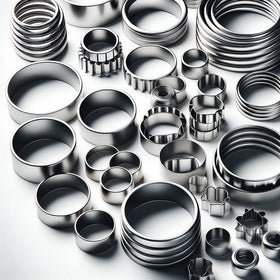
How to Prevent Sugar Bloom
One of the most common defects in chocolate is super bloom. You can see it here, a perfect example.

On my left side, I have perfectly shiny chocolate. On the other side, this is sugar bloom. Now, there is a very simple trick to tell sugar
bloom from fat bloom.

When the white, greyish bloom feels grainy and does not disappear when you touch it then it's sugar bloom. If it does disappear when you touch it, the bloom is most likely fat bloom. Once sugar blooms appears on your chocolates, there is nothing you can do anymore to get rid of it.

So the trick is to avoid it all times. Sugar bloom may occur in a number of ways but it always has to do with humidity. When water touches the chocolate shell of your praline or hollow figures, it will cause the sugar in the chocolate to dissolve.

Later on, when the water evaporates, the sugar will recrystallize on the surface into white grainy dots. This will call sugar bloom. So, avoiding contact between chocolate and humidity is essential to keep our chocolate in perfect shape.

Here are a few rules of thumb that may help prevent sugar bloom from appearing. Before using molds, always check that they are clean and perfectly dry. Any drops of water in the mold may cause sugar bloom to appear later on.

Store your chocolate products well packed in a fridge, at a constant temperature and a low relative humidity. This is to keep condensation from forming on your chocolate.

And last but not least, when you transfer chocolate products from a cold storage to a warm zone, always give them time to acclimatize for a few hours before you unpack them. Otherwise, humidity from the air will condense on the cold chocolate which again causes sugar bloom.

So remember, water and chocolate are not best friends. Avoid contact between chocolate and humidity at all times to keep your chocolate products in a great shape.

You can also watch this tutorial on Youtube.



Leave a comment